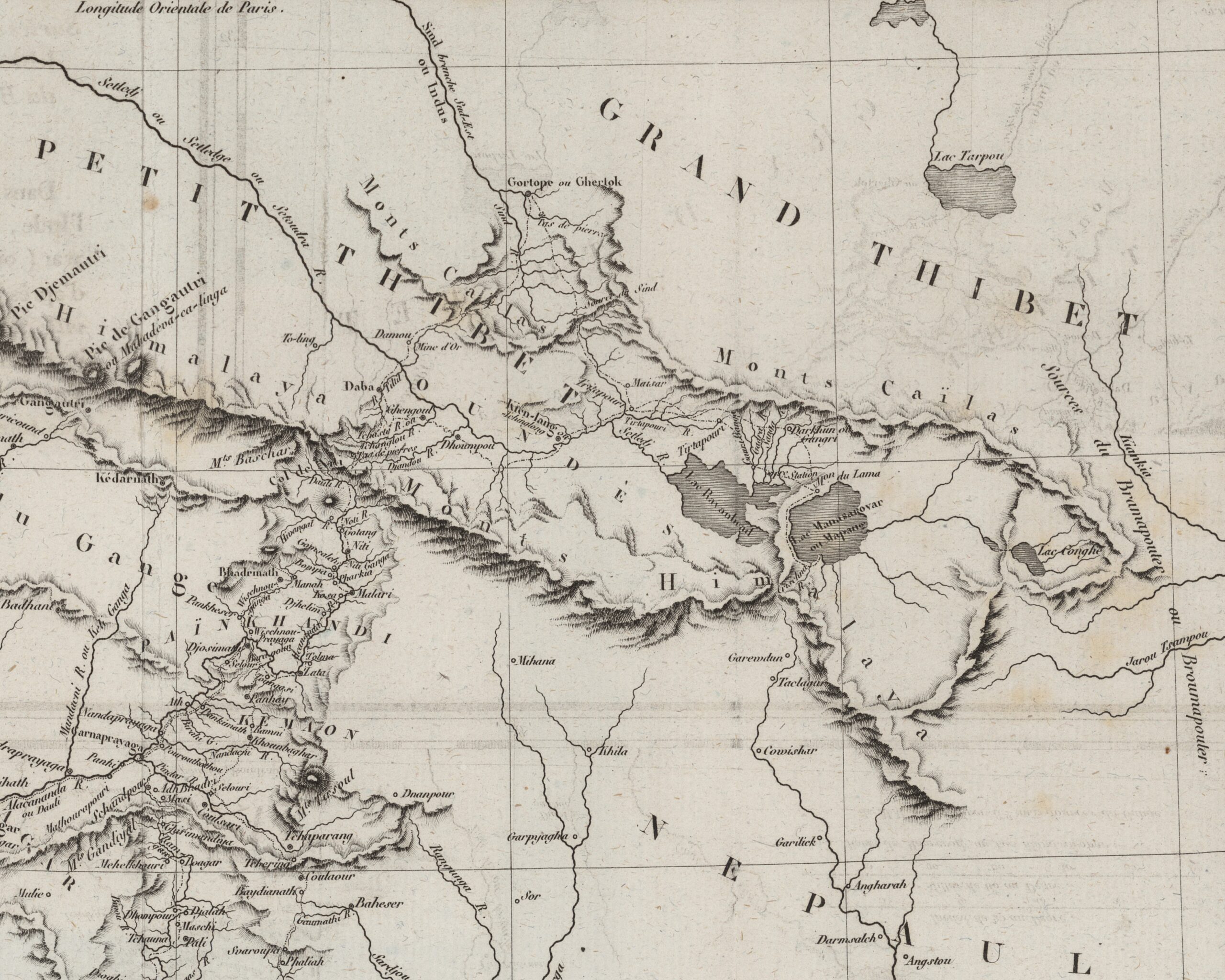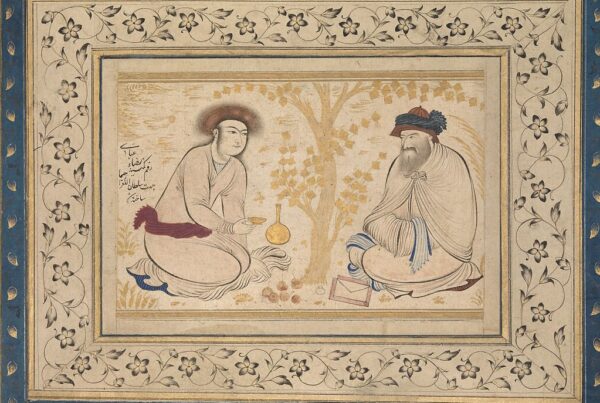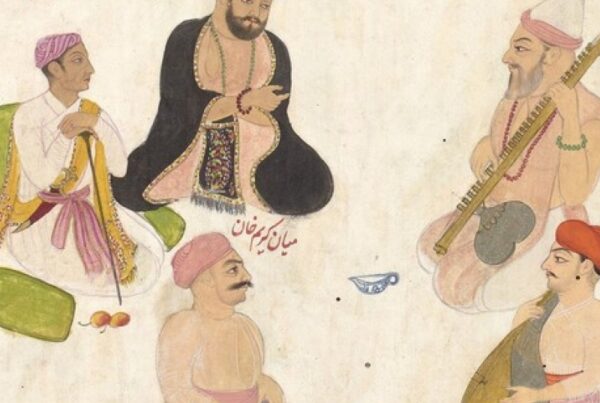By Ali Afzaal Gondal
The Charkha or spinning wheel may be a simple tool used to spin cotton fibre into thread used for clothing, but it has become one of the most profound and widely used metaphors in Punjabi poetry.
A Brief History
In the olden times it used to be an integral and cherished part of every Punjabi household. In the evenings women would gather together and fill the air with sounds of laughter, tales shared amongst themselves and the sweet humming of the Charkha as they would spin it and weave the thread. It was thus immortalized in Punjabi folk memory. During the Indian Independence movement, the Charkha was popularized by Mahatama Gandhi as a symbol of Indian independence and self-sufficiency. Even in some famous Western folk tales the spinning wheel takes on pivotal role, in ‘Sleeping Beauty’ the Princess pricks her finger from the spindle of a spinning wheel, falling into a deep slumber. To put it shortly the Charkha or Spinning Wheel holds an integral importance in the realm of folk memory. It is deeply intertwined with the cultural heritage and collective nostalgia of Punjab and other communities. Across different regions and cultures, the charkha evokes memories of bygone eras when it was an integral part of daily life.
The Charkha in Punjabi Poetry
Often given as part of the dowry, the Charkha used to be the most prized possession of a woman reminding her of her life before marriage and her parent’s home. A folk poet beautifully captures this sentiment, expressing how the charkha given by her mother serves as a constant reminder of her beloved mother;
‘Ma meri ne charkha ditta,
Vich charkha de mekhan,
Ma raani di yaad aave,
Main jad charkha wal vekhan’
‘my mother gave me a charkha with nails deep embedded,
every time I glance at the charkha,
of my dear mother I am reminded’.
The symbolism does not end here, for separated lovers the spinning wheel represents passing of day after day spent in the hope of being united with their lover again, the spun strands of thread represent the lover’s memories. Bulleh Shah observes,
“Ve mahiya tere vekhan nu, chuk charkha gali de vich dahwan”
‘ve lokan paane me kat di, tan teriyan yaadan de pawan’
‘O beloved, for to be seen by you,
I set up my charkha in the street’
‘People around think I am spinning the threads of cotton,
But I am actually spinning the thread of your memories’.
The spinning wheel becomes a representation of the passing days spent yearning for reunion. The threads spun by the charkha embody the memories of their beloved. The poet describes how others perceive him spinning threads of cotton, but in reality, he is weaving the thread of his lover’s memories, keeping them alive through his craft
In Punjabi Sufi poetry too, the Charkha is used as a powerful metaphor for divine ecstasy and the workings of celestial bodies. Famous Punjabi Sufi poet Shah Hussayn writes,
“ghoom charakhra saiyn da teri kattan vali jeeve,
kattan vali jeeve lariyan vattan vali jeeve’,
‘spin oh spinning wheel of the lord, may live the one who spins you,
may live the one who spins u and gathers the thread’.
He goes on to say
‘charkha bole sayin sayin, baatr bole toon,
kahe Hussayn faqir sayin da me nahi bas tu’
‘the spinning wheel echoes his name every heart beat follows his strain,
Shah hussayn the faqir says it is you, only you’.
Hussayn invokes the image of the spinning wheel as a metaphor for the Lord’s divine presence, emphasizing the importance of the one who spins the charkha. Hussayn’s words convey his ecstatic heart, continuously calling out the name of the Lord in a state of divine love.
Conclusion
Amidst the passing time, an old Charkha sits collecting dust in my Nani’s home, forgotten much like masterpieces of folk Punjabi literature today. It stands as a silent witness to the fading appreciation of the rich heritage of Punjab. It yearns for recognition and remembrance. Its presence serves as a reminder of the profound depth and cultural significance embedded within the fabric of Punjabi poetry, waiting to be discovered and cherished once again.





A great read! The need to preserve our rich culture and the evident chasm between the now and the past is communicated very well